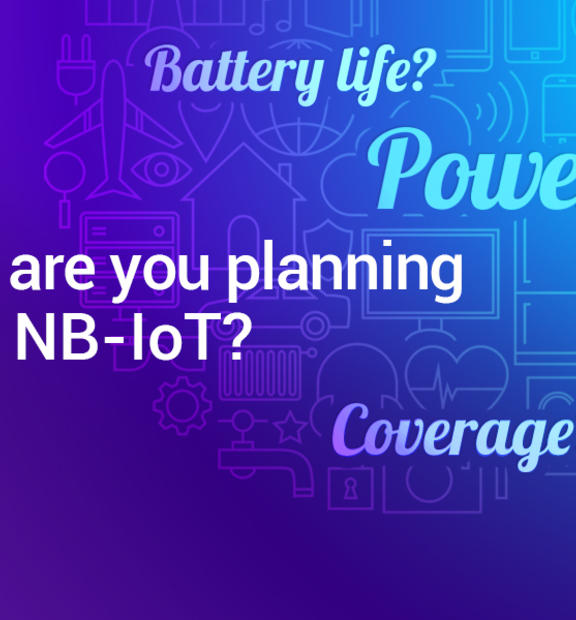Trying to keep track of the flood of predictions regarding the Internet of Things (IoT) that are constantly grabbing headlines can get a little harrowing. That's because most of the figures being discussed are massive, which paints a pretty daunting picture for network operators who, at first glance, might imagine their existing architectures are all but doomed when facing such a huge influx of new tech.
For instance, it's been predicted that the number of devices coming online in the years to come will balloon from 8.4 billion in 2017 to as much as 20.4 billion in just the next three years. However, while these numbers appear alarming, the impact such a wild jump in the number of connected devices will have on wireless networks may not be entirely unmanageable.
Much of this can be attributed to the emergence of narrowband IoT (NB-IoT), which is a wireless standard for IoT devices that leverages cellular telecommunication bands and LTE infrastructure.
This standard has been designed with low-power devices in mind. NB-IoT technology will be prolific, but for each device to have the long battery life that users demand, there will need to be a tradeoff in terms of the amount of data exchanged between devices and each device's coverage area. Because each “thing” isn't meant to transfer a lot of data — just a few packets a day, hour or week — and the coverage range is relatively small, the traffic impact that billions of new NB-IoT devices will have on existing wireless bands won't be overly burdensome.
With this in mind, operators will be able to launch NB-IoT on the same spectrum that they already manage for connected devices like smartphones, tablets and other legacy products. This will allow operators to deliver new types of services to existing customers without having to purchase additional spectrum right out of the gate. Managing NB-IoT is therefore a major potential value add that can be considered when negotiating future-facing SLAs with existing and new customers, helping operators enhance their revenue streams and stay competitive.
All of this forces operators to plan for NB-IoT but alongside their larger network — not separately — to ensure the quality of both the NB-IoT and LTE services is maintained for all devices sharing the same spectrum, regardless of whether they are IoT or mobile broadband. The deluge of new IoT devices will therefore not create a massive resources crunch or crisis because planning, assurance and testing won't be split between IoT and traditional network architectures. In the same vein, the power needed to transmit data isn't going to be overwhelmed, which is a particular boon to enterprise or industrial network users that will rely heavily on their IoT devices being unattended and “always on.”
We've been talking about IoT for some time, and are ready to help operators reach new customers and enhance their service offerings with the help of our advanced suite of network planning and optimization solutions. Read more about how mobile network operators can plan for IoT alongside their existing network services to grow their value in the years to come.










